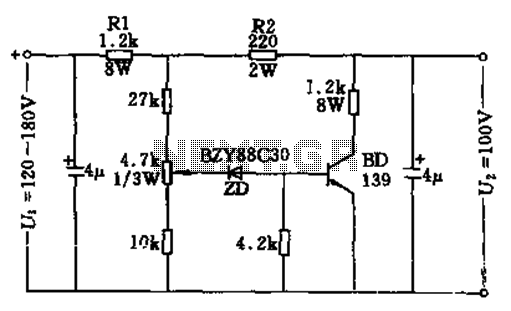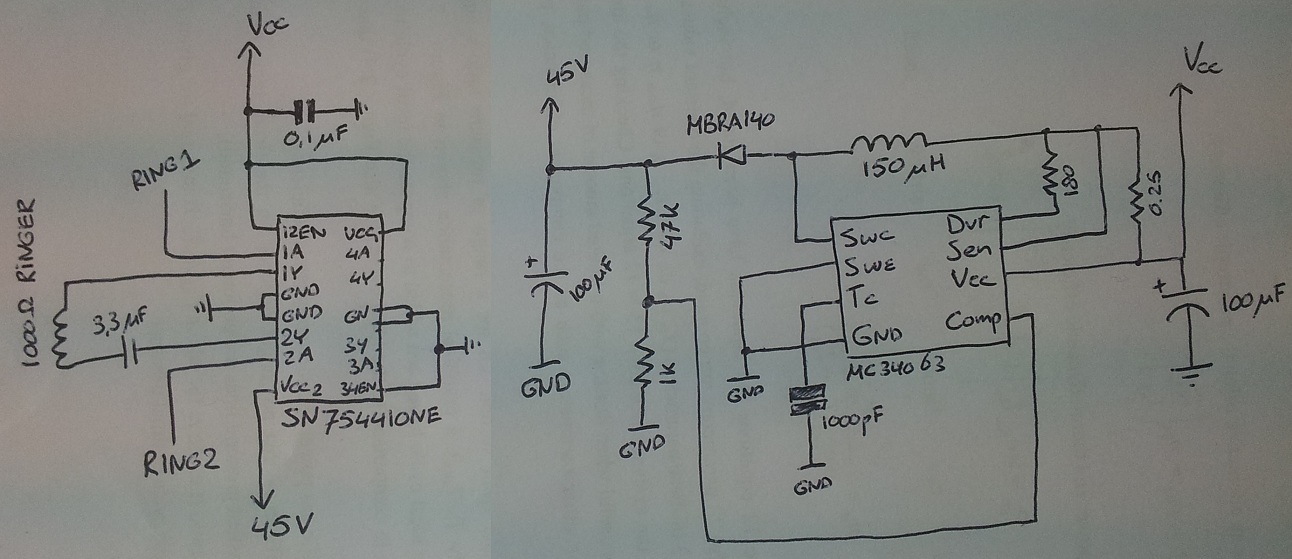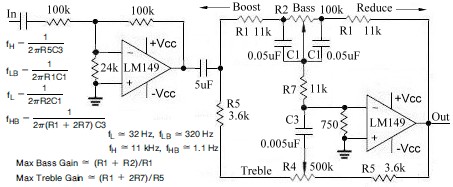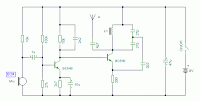
Photo Strobe Slave Trigger Circuit
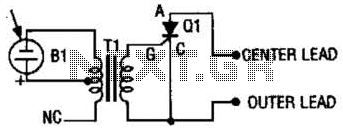
The photo strobe slave trigger circuit utilizes a solar cell and a silicon-controlled rectifier (SCR) to activate any strobe light when triggered by a master strobe. The small solar cell generates a minimal voltage when illuminated.
The photo strobe slave trigger circuit operates by harnessing the energy from ambient light to initiate a flash in response to a primary strobe light source. The solar cell, typically a small photovoltaic cell, converts light energy into electrical energy, producing a voltage output that is proportional to the intensity of the light it receives. When the master strobe is activated, it emits a burst of light that strikes the solar cell.
Upon receiving this light, the solar cell generates a small voltage, which is sufficient to trigger the SCR. The SCR, a semiconductor device that acts as a switch, remains off until it is triggered by a voltage applied to its gate terminal. Once the SCR is activated by the voltage from the solar cell, it allows current to flow through the strobe light circuit, causing the connected strobe to flash.
This circuit design is advantageous for photographers who require multiple flashes synchronized with a primary light source without the need for complex wiring or additional triggering mechanisms. The simplicity of the solar cell-based trigger allows for portability and ease of use in various lighting conditions. Additionally, the use of an SCR provides reliable switching capabilities, ensuring that the strobe light will flash promptly when triggered.
Overall, the photo strobe slave trigger circuit exemplifies an efficient and innovative solution for enhancing photographic lighting setups, enabling photographers to achieve creative effects with minimal equipment. The photo strobe slave trigger circuit uses a solar cell and an SCR to flash any strobe when you trigger your master strobe. The tiny solar cell produces a very small voltage when light falls on its surface.
The photo strobe slave trigger circuit operates by harnessing the energy from ambient light to initiate a flash in response to a primary strobe light source. The solar cell, typically a small photovoltaic cell, converts light energy into electrical energy, producing a voltage output that is proportional to the intensity of the light it receives. When the master strobe is activated, it emits a burst of light that strikes the solar cell.
Upon receiving this light, the solar cell generates a small voltage, which is sufficient to trigger the SCR. The SCR, a semiconductor device that acts as a switch, remains off until it is triggered by a voltage applied to its gate terminal. Once the SCR is activated by the voltage from the solar cell, it allows current to flow through the strobe light circuit, causing the connected strobe to flash.
This circuit design is advantageous for photographers who require multiple flashes synchronized with a primary light source without the need for complex wiring or additional triggering mechanisms. The simplicity of the solar cell-based trigger allows for portability and ease of use in various lighting conditions. Additionally, the use of an SCR provides reliable switching capabilities, ensuring that the strobe light will flash promptly when triggered.
Overall, the photo strobe slave trigger circuit exemplifies an efficient and innovative solution for enhancing photographic lighting setups, enabling photographers to achieve creative effects with minimal equipment. The photo strobe slave trigger circuit uses a solar cell and an SCR to flash any strobe when you trigger your master strobe. The tiny solar cell produces a very small voltage when light falls on its surface.

